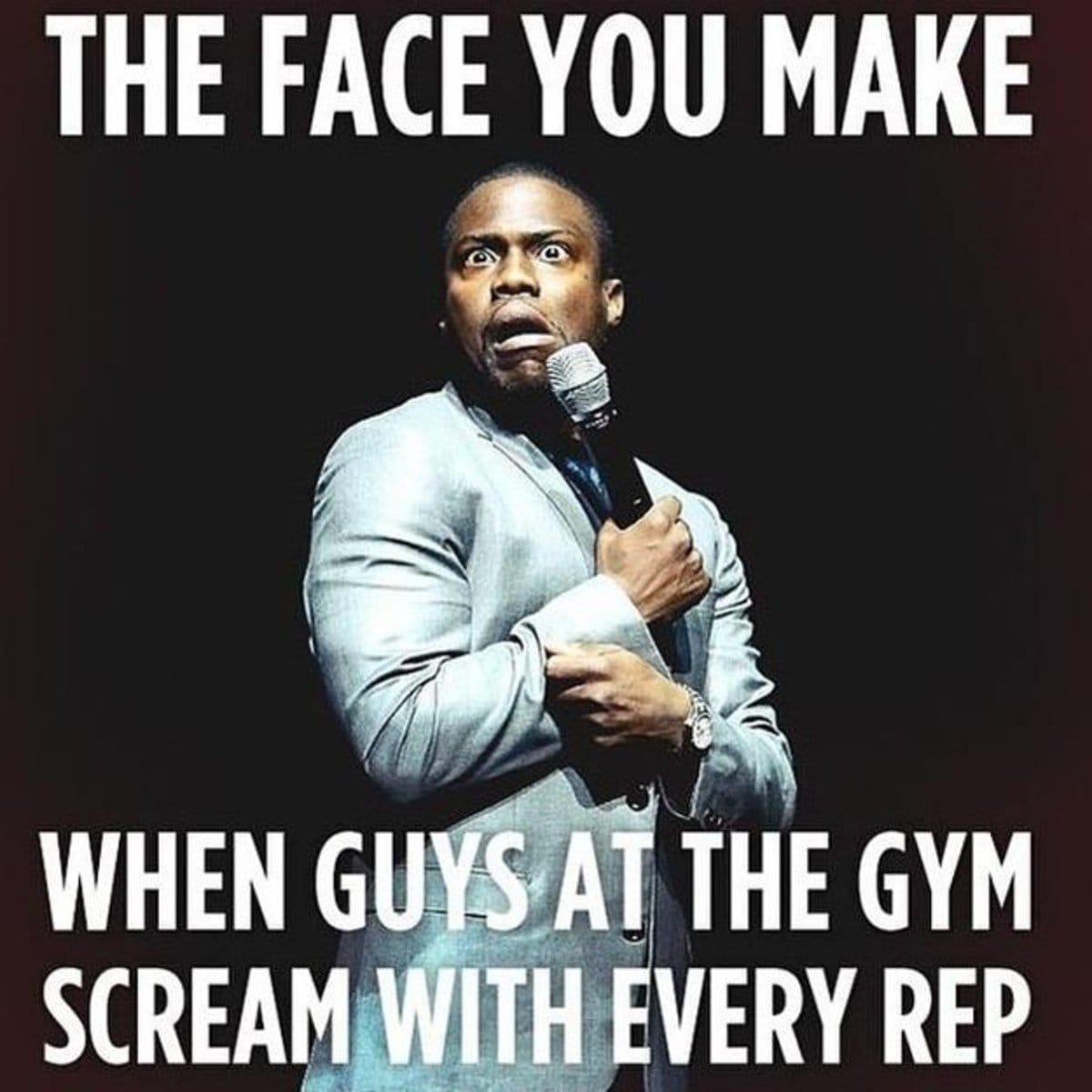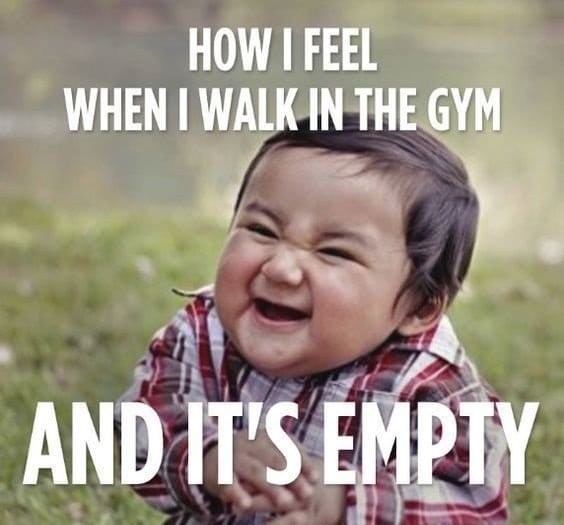1. Lifting too much, too soon.
By lifting too much you are increasing the risk of torn ligaments, tendonitis, arthritis at the joints, and stress fractures, just to name a few. The risk increases the more weight you add. If you have properly warmed up and stretched your muscles, you are protecting yourself from injury, but the risk is still there. While lifting more is the best way to increase your strength and build some mass, you will do more damage than good if you lift heavier than you can handle.
And how heavy is too heavy? If you can’t finish the set with a good form, reduce the weight.
2. Not stretching before and after.

Avoid stretching your muscles the moment you arrive at the gym, but do it after warming up. Stretching your muscles improves the range of motion of your joints. If the muscle tissues are too tight, a little tear could happen by forcing a joint to move through its full range of motion unprepared. Warming up first and stretching later can prevent this from happening.
3. Not warming up before and cooling down after.
Understand that stretching is not warming up. Again, it’s really important to perform a warm-up before stretching. Rotate your joints (from toes to your finger) followed by at least 5 minutes of aerobic activity. For each weight exercise, perform one or two sets of exercise with lighter weight to warm-up the muscles.
4. Not working out within the target heart range.

For the maximum benefits of cardio, you need to exercise within the target heart zone 3 or 4 times a week. Working out at this level promotes weight loss and burns fat. You reduce the risk of coronary heart disease, obesity, and every other connected illness. Doing cardio at least 3 times a week also fixes up your mood. Beginners can start at a lower target heart zone (perhaps 50% of your maximum heart rate) and as your fitness improves, go for a higher intensity, anywhere from 60-90% of your maximum heart rate.
5. Thinking cardio is enough.
Many people think they only need a cardio program. The problem is we begin losing muscle at the age of 30 and cardio alone won’t cut it. Strength training not only builds muscles, but also increases our metabolism and allows us to burns more calories.
6. Running too far, too soon.

Try to be honest with yourself and set moderate and reachable goals. Running too far can get you injured and make you lose motivation. Try measuring your fitness level by using X-minute mile instead of X miles per hour. A beginner will jog 10-15 minute mile, while a world-class male athlete might run a 6-minute mile.
7. Rushing your reps.

When doing weight-lifting reps too fast you raise your blood pressure and increase the risk of joint injury. You also compromise your results.
For safe strength training, in the lifting phase, exhale for two counts and hold briefly at the top of the contraction, then as you return, inhale for four counts. Always exhale during the hardest part of the work.
8. Giving your abs a free ride.

Countless people do crunches or ab machine workouts with nothing to show for it. Most of the times, their problem is that they’re using the upper torso, neck, and head to do the work.
Stay focused when exercising. Feel the contraction from the ribcage all the way to the hip bone. Make sure you put your mind into the muscles that are working, and try keeping all the other muscles quiet.
9. Using machines wrongly.
Machines are generally made for people of all shapes and sizes. You must adjust them to fit you to get results and lower injury risk.
For example, by using an improperly set leg-extension machine, you put stress on your knees. Another problem is that you don’t work your muscles through the full range of motion.
If uncertain, ask a qualified trainer to show you the proper settings for your physique, write them down on a card and always carry it to the gym.
10. Bouncing.
Bouncing during a stretch can increase the risk of straining or pulling muscles. By holding a static stretch with no movement at the joints, your body should feel lengthened but not to the point of pain.
11. Looking for a quick fix.
Many people start working out expecting dramatic results from a little exercise. However, current recommendations stand at 3.5 to 4 hours of physical activity a week just to prevent weight regain. If you want to lose weight and you plan walking 30 minutes, 3 times a week, without changing your diet, it will take roughly 1 month to lose a pound.
Want to lose faster? Exercise more!
12. Being a weekend warrior.

If you’re only exercising 2 days a week, you’ll never get where you want to be, and you’ll end up feeling awful on Monday. It’s a road to injury and burnout, and you’re missing the secret to success: showing up.
Closing thought
The process of building muscle is a trial and error. It can be argued that most of the theories in bodybuilding are debatable and it can be overwhelming to digest all the information on how to eat and train the right way. Be patient, allow yourself a few mistakes and aim for a long run, not a short sprint.

